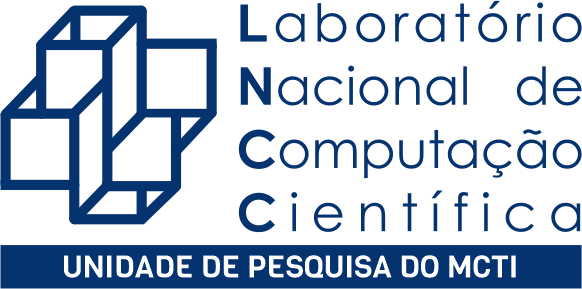EVENTO
Hybrid Interpolation Models in Computational Hemodynamics
Tipo de evento: Exame de Qualificação
In the current years, many sophisticated techniques have been developed in computational fluid dynamics aiming to reduce computational cost at the expense of adding off-line complexity either in the coding stage or in the pre-processing part of simulation.In the context of computational hemodynamics, there are differents numerical tools according to the degree of precision required: One-dimensional (1D) models are preferred to account for the global dynamics of the system [1], while three-dimensional (3D) models are important to charactirize accurately the local blood flow phenomena [2]. The use of dimensionally-heterogeneous models (3D-1D) is being used with increasing frequency due to their ability to couple the advantages of 1D and 3D models [3].Nevertheless, detailed blood flow simulations in the entire cardiovascular system with accuracy close to the one offered by 3D models are not achievable with current techniques and computational resources. In this regard, the development of computationally cheap flow models capable of predicting flow-related quantities accurately is of the utmost relevance. In fact, most fluid mechanics factors affecting the onset and progress of several cardiovascular diseases are related to local flow patterns.With this context, our thesis proposal is tailored to developed a numerical approximation of the Navier-Stokes equations maintaining comparable accuracy with traditional finite element methods while performing a substantial reduction in the problem size. This method take advantage of a very specific characteristic of cardiovascular system: all the domains of analysis (except within the heart) are an arrangement of branching pipes. With this a priori knowledge, the strategy consists of combining a finite element approximation for the description of fields (velocity components and pressure) in the axial direction, while taking a polynomial spectral approximation for the description of fields across the secondary direction.This strategy, inspired in the ideas behind the hierarchical modeling (HiMod) [4-5], shown excellent results when applied in 2D simulations and can be inderstood as a systematic approach towards enriching 1D models, with the advantage of getting closer to the degree of precision of traditional finite element approximations, but with a drastic reduction in the number of degrees of freedom, and then in the computational cost. Bibliografia:[1] A.P. Avolio, Multi-branched model of the human arterial system, Med. Biol. Eng. Comput. 18 (1980) 709718.[2] L. Formaggia, A. Quarteroni, A. Veneziani, Complex Systems in Biomedicine, Springer, Milan, 2006.[3] P.J. Blanco, M.R. Pivello, S.A. Urquiza, R.A. Feij ́oo, On the potentialities of 3D1D coupled models in hemodynamics simulations, J. Biomech. 42 (2009) 919930.[4] A. Ern, S. Perotto, A. Veneziani, Hierarchical model reduction for advectiondiffusionreaction problems, in: K. Kunisch, G. Of, O. Steinbach (Eds.), Numerical Mathematics and Advanced Applications, Springer, 2008, pp. 703710.[5] Sofia Guzzetti. Hierarchical model reduction for incompressible flows in cylindrical domains. Mathematical Engineering Degree, Politecnico di Milano, 2014.
Data Início: 16/04/2015 Hora: 10:00 Data Fim: 16/04/2015 Hora: 12:00
Local: LNCC - Laboratório Nacional de Computação Ciêntifica - Auditorio A
Aluno: Luis Alonso Mansilla Alvarez - LNCC - LNCC
Orientador: Pablo Javier Blanco - Laboratório Nacional de Computação Científica - LNCC
Participante Banca Examinadora: Abimael Fernando Dourado Loula - Laboratório Nacional de Computação Científica - LNCC Frédéric Gerard Christian Valentin - Laboratório Nacional de Computação Científica - LNCC Gustavo Alberto Perla Menzala - LNCC/UFRJ - LNCC


